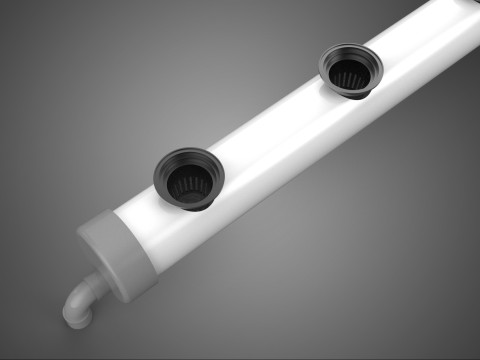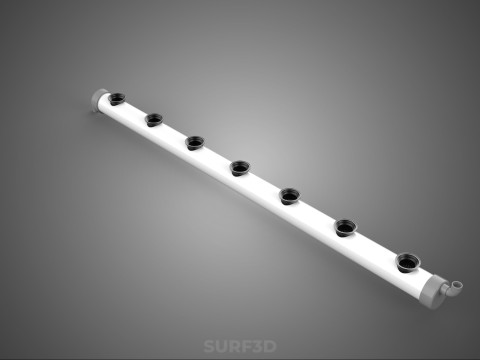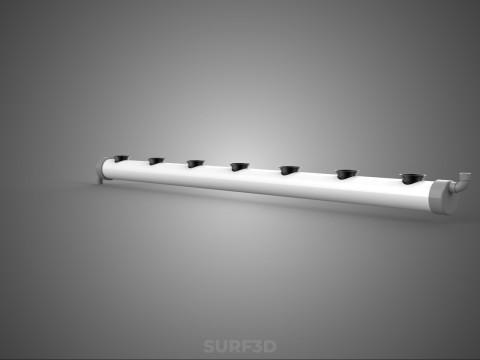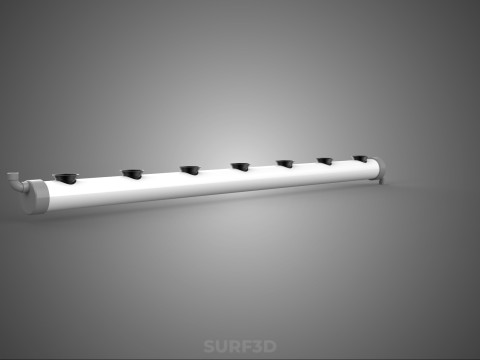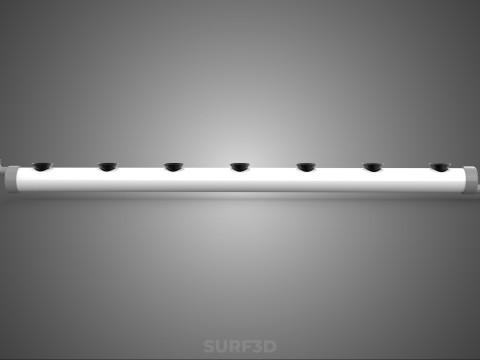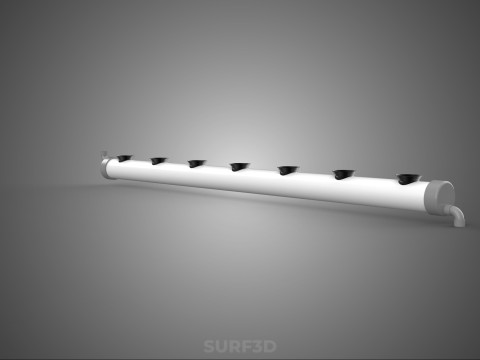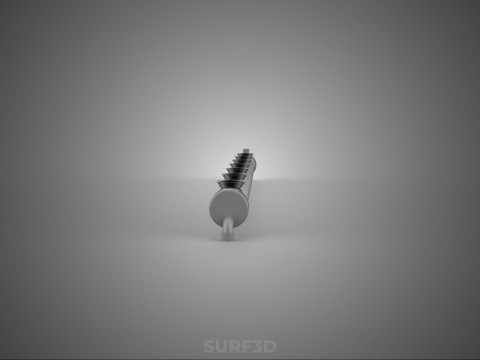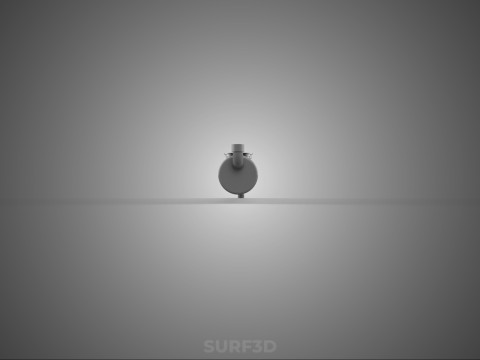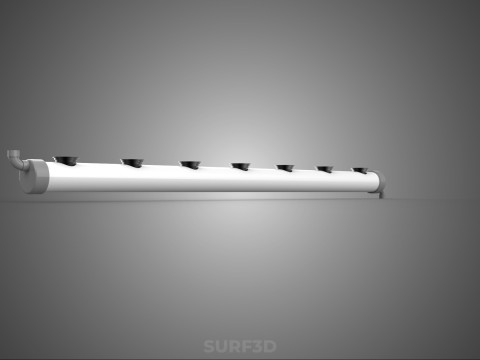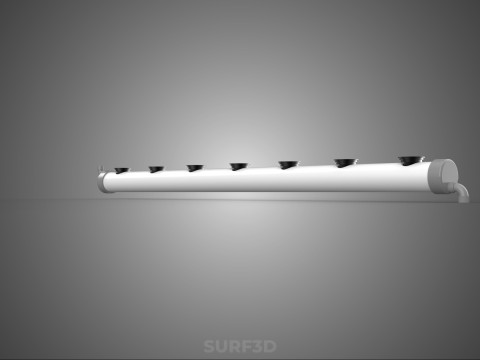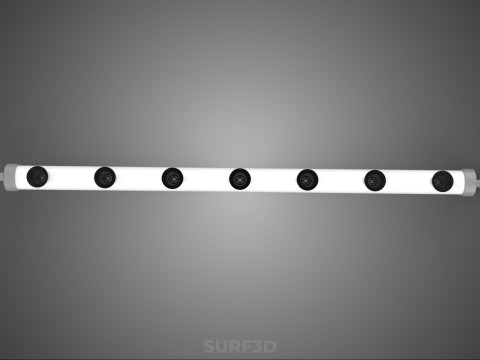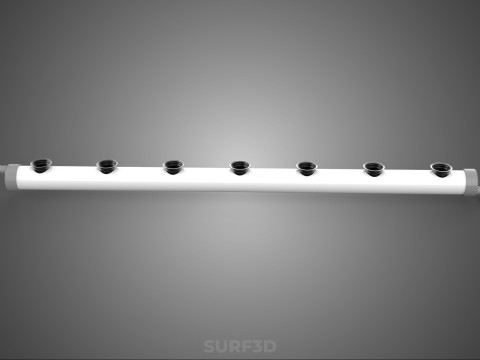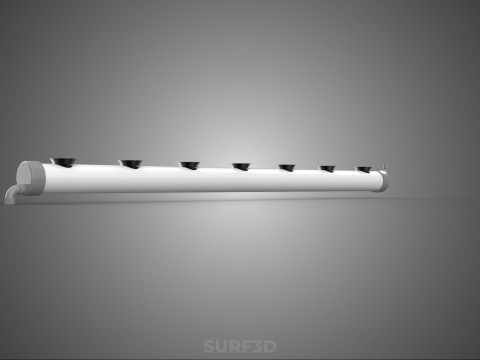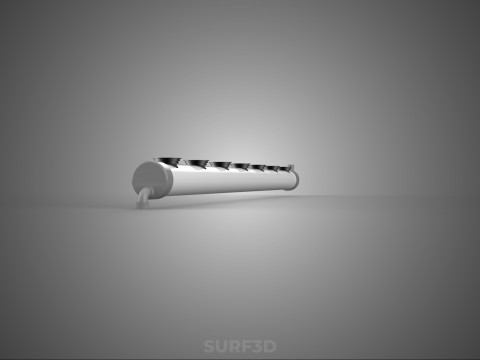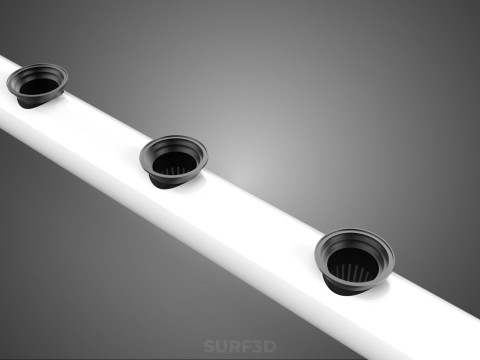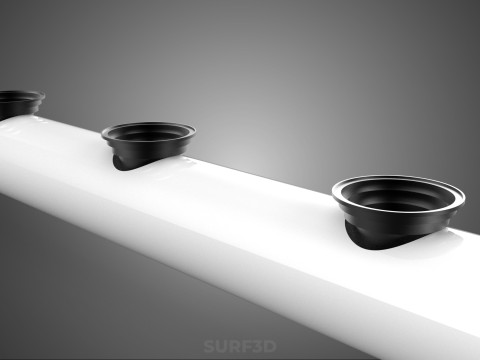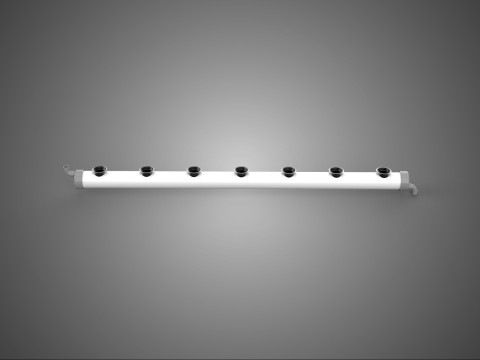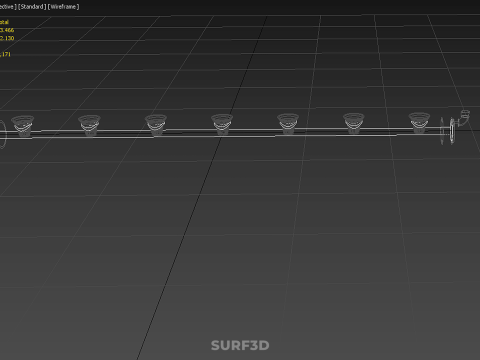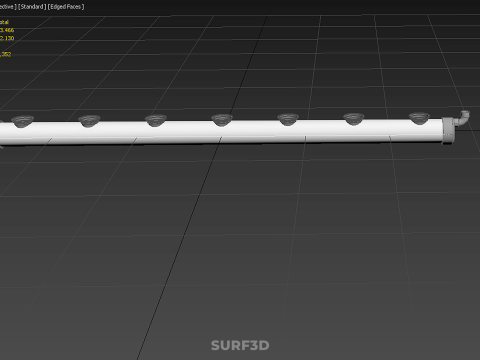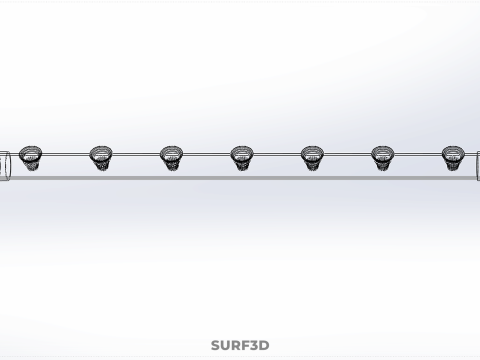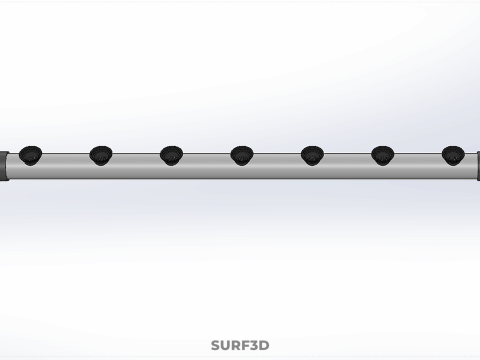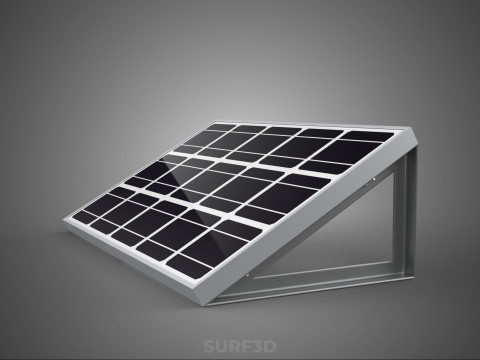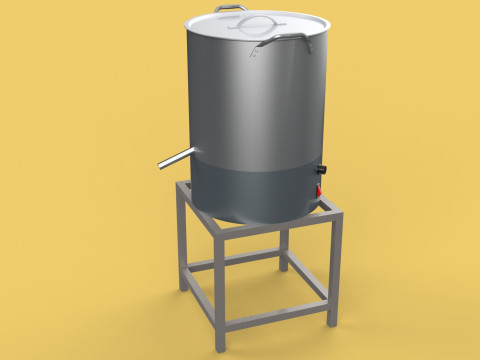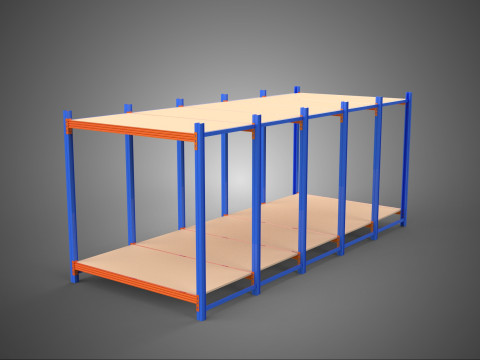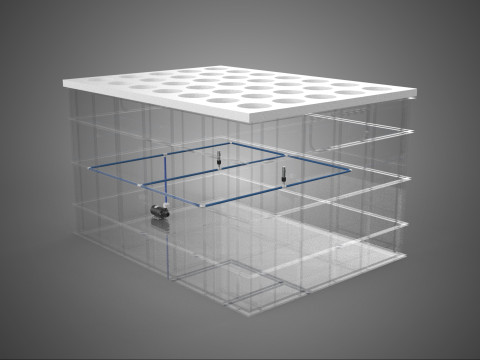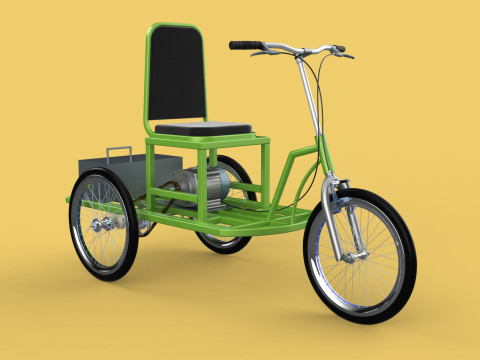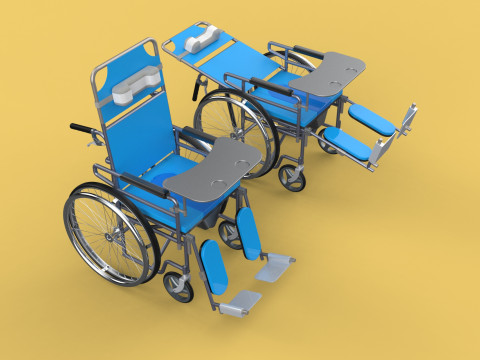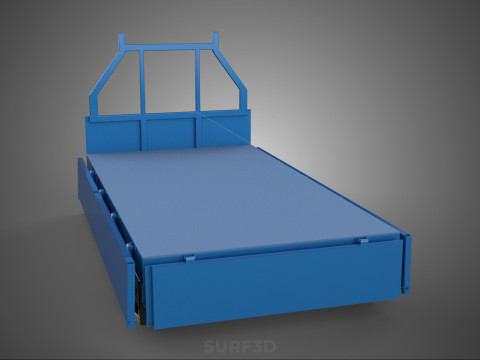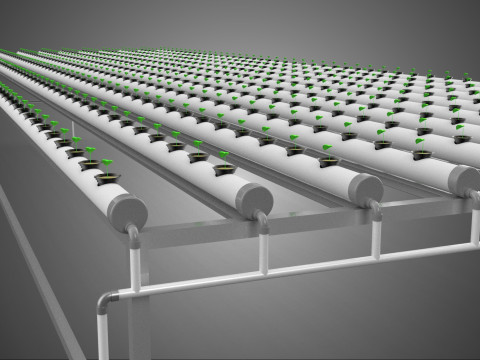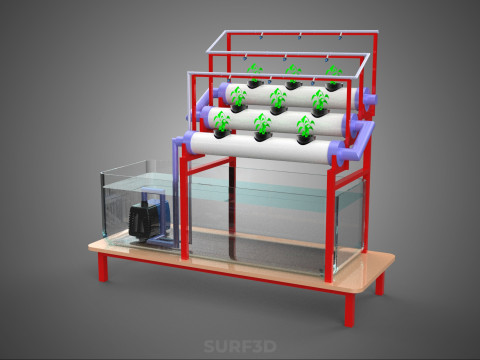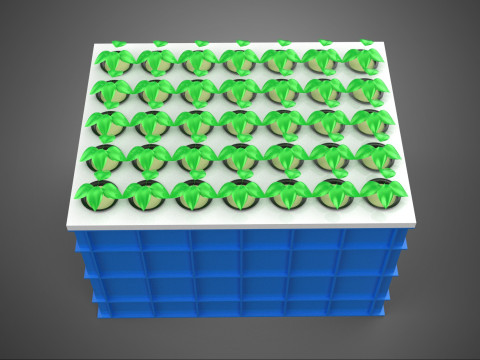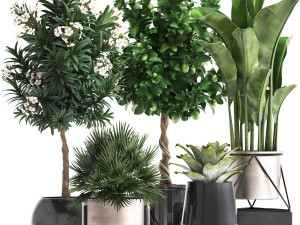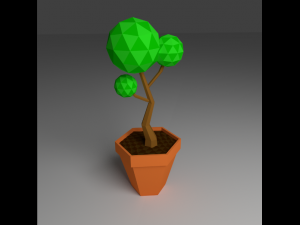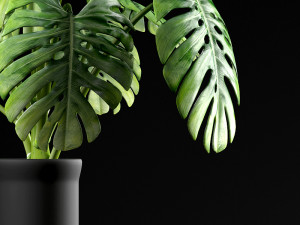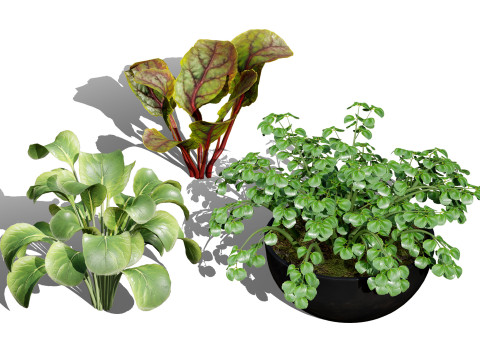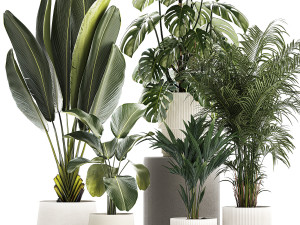水耕栽培 PVC チューブ 根 植物 チャンネル エンドキャップ ネットポット 列 3Dモデル
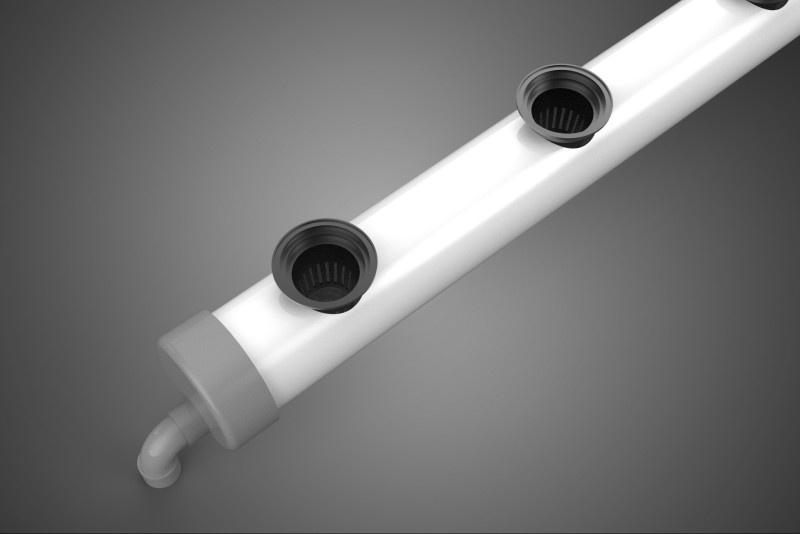
- 利用可能フォーマット: Rhinoceros (.3dm) 549.77 kb3D Studio (.3ds) 156.54 kbBlender3D (.blend) 496.83 kbCollada (.dae) 331.51 kbAutodesk AutoCAD (.dwg) 333.99 kbAutodesk FBX (.fbx) 552.86 kbGLB (.glb / .gltf) 183.04 kbIGES (.iges) 161.26 kbAutodesk 3DS MAX (.max) 800.77 kbWavefront OBJ (.obj) 267.90 kbACIS(.sat) 586.30 kbSketchUp (.skp) 231.70 kbSTEP (.step) 129.66 kbStereolithography (.stl) 261.48 kb
- 多角形:23466
- 頂点:22130
- アニメーション:No
- テクスチャー加工:No
- 装飾:No
- 素材:
- 低ポリ:No
- コレクション:No
- UVW マッピング:No
- 使用中プラグイン:No
- 印刷 準備:No
- 3D スキャン:No
- 成人コンテンツ:No
- PBR:No
- AIトレーニング:No
- ジオメトリ:Poly NURBS
- 展開済 UVs:Unknown
- ビュー:84
- 日付: 2025-10-30
- アイテム ID:608392
水耕栽培 PVC チューブ 根 植物 チャンネル エンドキャップ ネットポット 列 3Dモデル 3dm, 3ds, blend, dae, dwg, fbx, glb, iges, max, obj, sat, skp, step, stl, から surf3d
High-quality 3D assets at affordable prices — trusted by designers, engineers, and creators worldwide. Made with care to be versatile, accessible, and ready for your pipeline.
Included File Formats
This model is provided in 14 widely supported formats, ensuring maximum compatibility:
• - FBX (.fbx) – Standard format for most 3D software and pipelines
• - OBJ + MTL (.obj, .mtl) – Wavefront format, widely used and compatible
• - STL (.stl) – Exported mesh geometry; may be suitable for 3D printing with adjustments
• - STEP (.step, .stp) – CAD format using NURBS surfaces
• - IGES (.iges, .igs) – Common format for CAD/CAM and engineering workflows (NURBS)
• - SAT (.sat) – ACIS solid model format (NURBS)
• - DAE (.dae) – Collada format for 3D applications and animations
• - glTF (.glb) – Modern, lightweight format for web, AR, and real-time engines
• - 3DS (.3ds) – Legacy format with broad software support
• - 3ds Max (.max) – Provided for 3ds Max users
• - Blender (.blend) – Provided for Blender users
• - SketchUp (.skp) – Compatible with all SketchUp versions
• - AutoCAD (.dwg) – Suitable for technical and architectural workflows
• - Rhino (.3dm) – Provided for Rhino users
Model Info
• - All files are checked and tested for integrity and correct content
• - Geometry uses real-world scale; model resolution varies depending on the product (high or low poly)
• • - Scene setup and mesh structure may vary depending on model complexity
• - Rendered using Luxion KeyShot
• - Affordable price with professional detailing
Buy with confidence. Quality and compatibility guaranteed.
If you have any questions about the file formats, feel free to send us a message — we're happy to assist you!
Sincerely,
SURF3D
Trusted source for professional and affordable 3D models.
More Information About 3D Model :
The system described by the compound phrase "HYDROPONICS PVC TUBE ROOTS PLANTS CHANNEL END CAP NET POTS ROW" refers to a specific configuration of Deep Flow Technique (DFT) or Nutrient Film Technique (NFT) used in soilless cultivation, characterized by linear, modular components optimized for efficient space utilization and nutrient delivery. This configuration is a mainstay in controlled environment agriculture (CEA) and commercial hydroponic operations globally.
### I. Structural Components and Functionality
**A. PVC Tube (Channel/Row):**
The primary structural element is the polyvinyl chloride (PVC) tubing, typically extruded in square or rectangular profiles for NFT systems, or circular profiles (common plumbing pipe) for simpler or smaller-scale DFT setups. The PVC material is selected for its rigidity, chemical inertness (non-leaching), opacity (to prevent algal growth within the channel), and cost-effectiveness. These tubes form the channels, or rows, through which the recirculating nutrient solution flows. The channel dimensions (diameter or cross-sectional area) are determined by the target crop type, spacing requirements, and desired flow rate.
**B. Net Pots:**
Net pots are small, perforated containers, usually manufactured from inert plastic (e.g., polypropylene or polyethylene), designed to hold the plant and provide structural support while allowing the root mass to extend freely into the nutrient channel below. They serve as the interface between the substrate (typically rockwool, coco coir, or inert clay pellets) and the hydroponic system. The size of the net pot is chosen based on the mature size of the plant; common sizes range from 2 inches (50 mm) to 4 inches (100 mm) in diameter.
**C. End Cap:**
End caps are specialized fittings designed to seal the terminal ends of the PVC channels. They perform two critical functions:
1. **Sealing:** Preventing the leakage of the nutrient solution from the channel structure.
2. **Plumbing Integration:** One cap typically features an inlet port (connected to the main delivery manifold) while the opposing cap incorporates a drain or outlet port, connected to the return manifold leading back to the reservoir. The design ensures a continuous, regulated flow path for the nutrient solution.
### II. Horticultural Dynamics (Roots and Plants)
**A. Root Zone Management:**
In this PVC channel configuration, the roots of the plants, housed initially within the net pots, rapidly grow outward into the nutrient flow.
* **NFT Systems:** The nutrient solution flows as a thin film (1-3 mm depth) across the bottom of the channel. This allows the majority of the root mass to remain suspended in the air above the film, ensuring optimal oxygenation (aeration) vital for root health and nutrient uptake, preventing common issues like root rot.
* **DFT Systems:** The channel is filled to a greater depth, typically 10-20 mm. While submerged, adequate aeration is still required, often achieved through cascading flow or supplemental air pumps in the reservoir.
**B. Plant Spacing and Density:**
The designation "ROW" emphasizes the linear arrangement characteristic of these systems. Plants are situated in a single file line along the length of the channel, typically spaced equidistant according to the mature canopy size. This linear density maximizes the number of plants per square foot while maintaining accessibility for monitoring, harvesting, and pest management. This modularity allows for scalable horizontal expansion or vertical stacking (vertical farming/V-Farm) configurations.
### III. Operational Context
This system is highly adaptable, primarily utilized for fast-growing, low-profile crops such as leafy greens (e.g., lettuce, spinach, kale), culinary herbs (e.g., basil, mint), and small fruiting crops (e.g., strawberries). The efficiency of nutrient delivery and water conservation, coupled with precise environmental control, makes the PVC tube channel system a preferred method for sustainable and high-yield commercial crop production.
KEYWORDS: Hydroponics, NFT, DFT, PVC Channel, Net Pots, Soilless Cultivation, Root Zone, Nutrient Film Technique, Deep Flow Technique, Commercial Agriculture, Controlled Environment Agriculture, CEA, Recirculating System, End Cap, Crop Row, Plant Spacing, Polyvinyl Chloride, Aeration, Nutrient Solution, Lettuce Production, Modular Design, Rockwool, Substrate, Drainage, Manifold, Flow Rate, Vertical Farming, Root Mass, Environmental Control, High-Yield.
フォーマットが必要ですか?
異なるフォーマットが必要な場合、サポートチケットを開き、注文をしてください。3Dモデルをこれらに変換できます: .stl, .c4d, .obj, .fbx, .ma/.mb, .3ds, .3dm, .dxf/.dwg, .max. .blend, .skp, .glb. 3D シーンは変換しません .step、.iges、.stp、.sldprt などの形式。!使用情報
水耕栽培 PVC チューブ 根 植物 チャンネル エンドキャップ ネットポット 列 - このロイヤリティフリーの3Dモデルは、基本ライセンスまたは拡張ライセンスに従って、個人および商用目的で使用できます。基本ライセンスは、デジタル広告、デザインおよび視覚化プロジェクト、ビジネスソーシャルメディアアカウント、ネイティブアプリ、ウェブアプリ、ビデオゲーム、物理またはデジタル最終製品(無料および有償)など、ほとんどの標準的な使用事例をカバーしています。
拡張ライセンスには、基本ライセンスで付与されるすべての権利が使用制限なしで含まれており、ロイヤリティフリーの条件の下で、3Dモデルを無制限の商用プロジェクトで使用できます。
詳細を読む


 English
English Español
Español Deutsch
Deutsch 日本語
日本語 Polska
Polska Français
Français 中國
中國 한국의
한국의 Українська
Українська Italiano
Italiano Nederlands
Nederlands Türkçe
Türkçe Português
Português Bahasa Indonesia
Bahasa Indonesia Русский
Русский हिंदी
हिंदी